Wednesday Dec 24, 2025
Wednesday Dec 24, 2025
Wednesday, 1 January 2020 00:10 - - {{hitsCtrl.values.hits}}

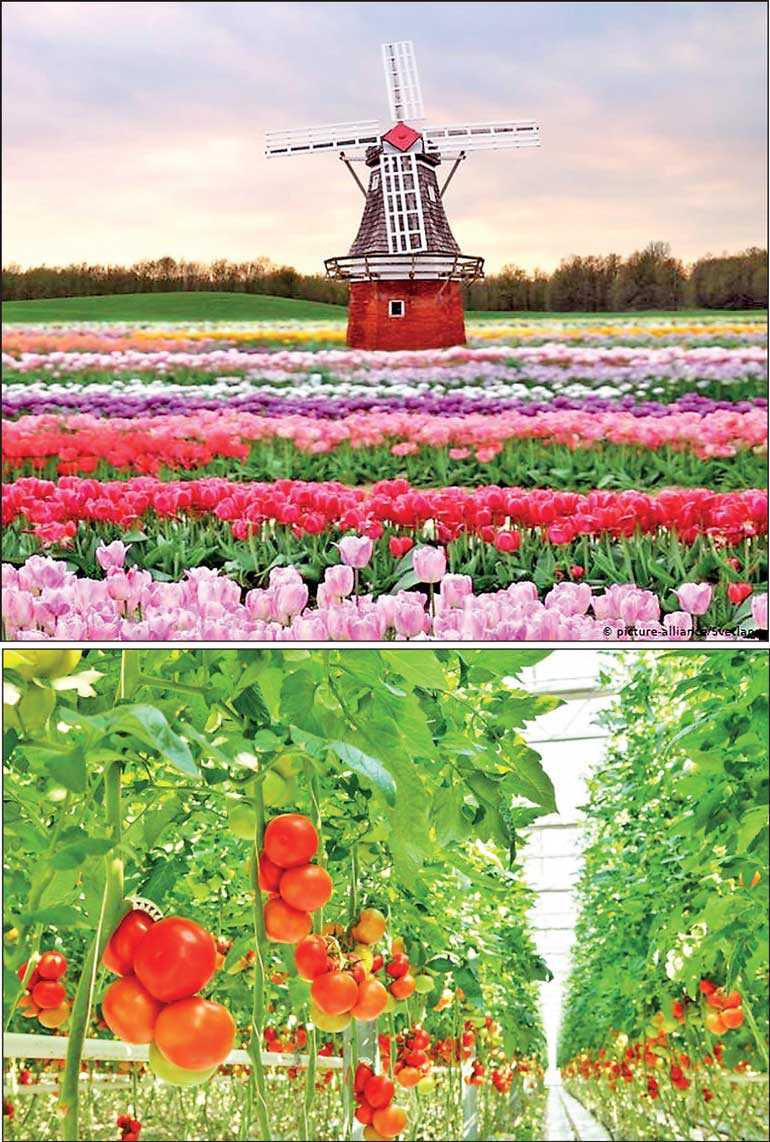
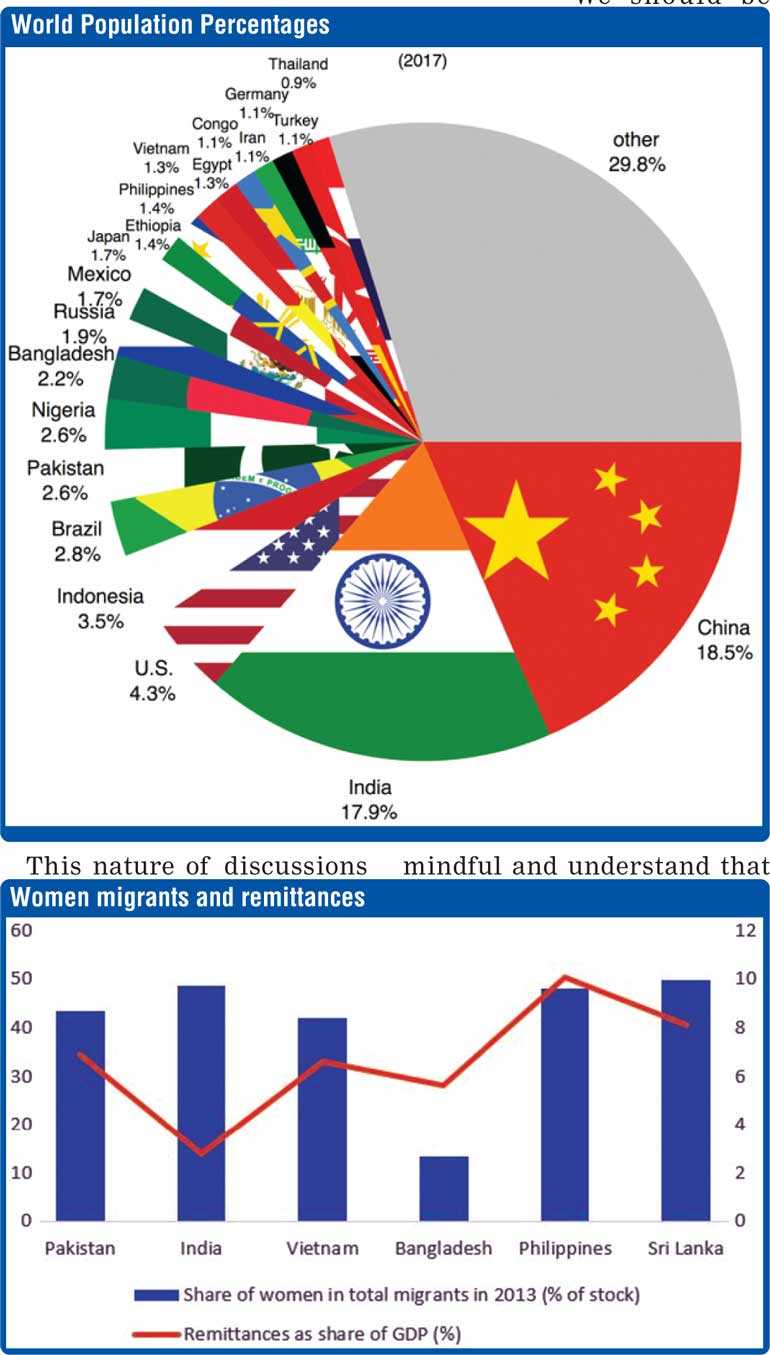
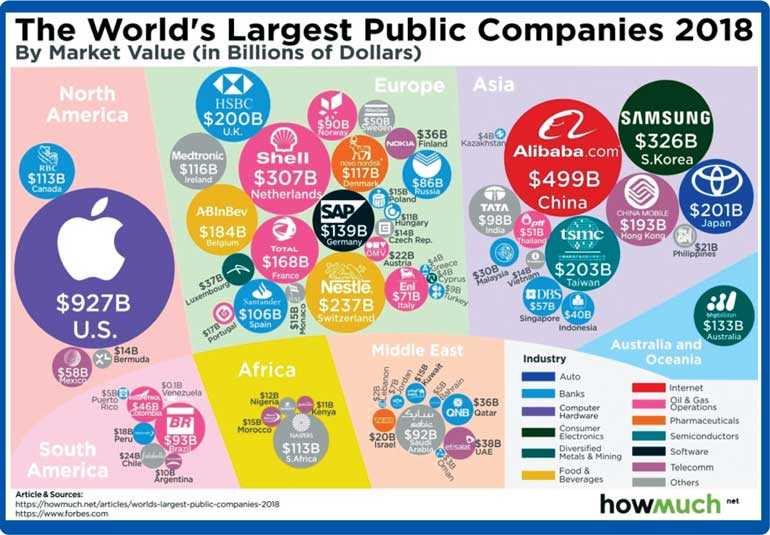
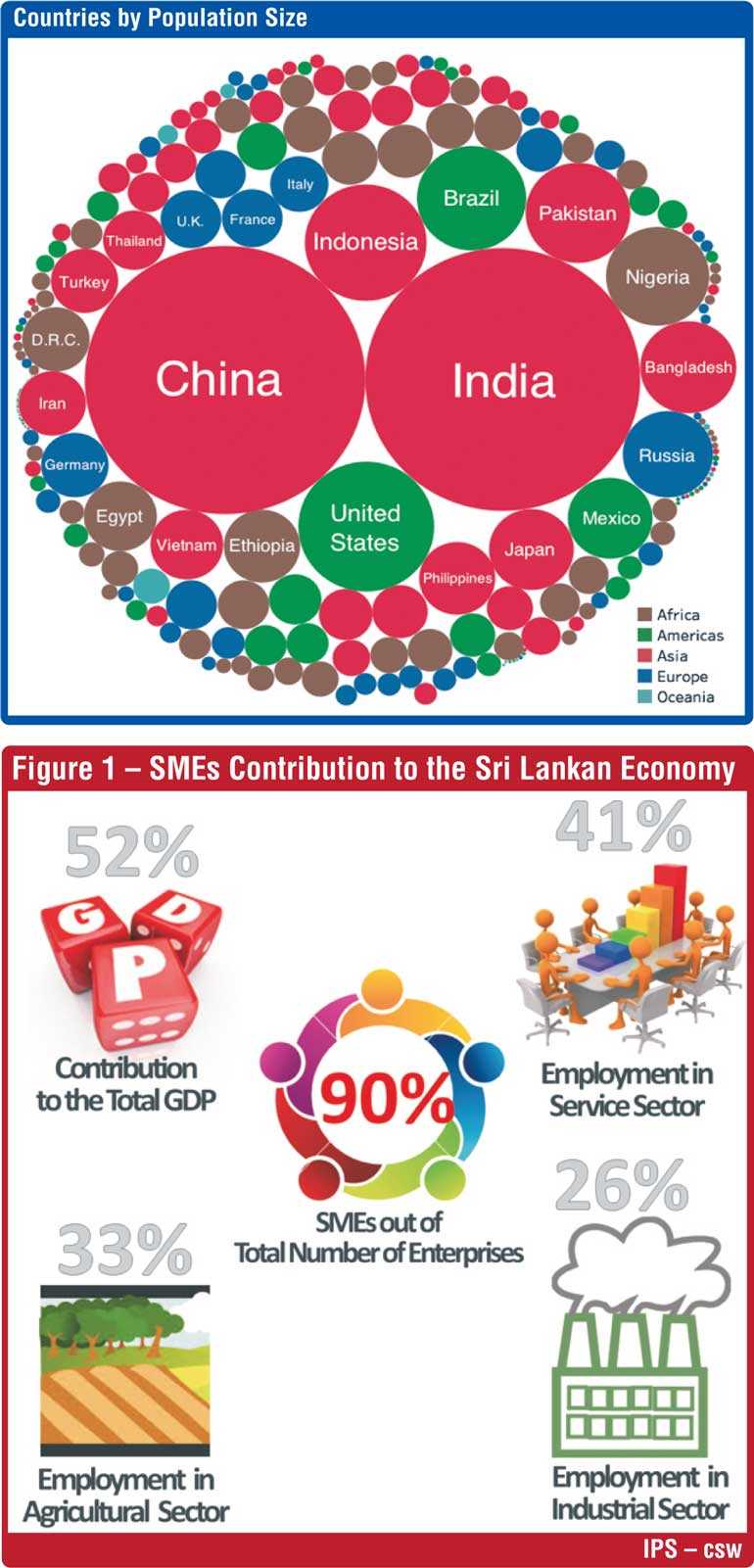
A fresh start
We are just after an election. We have a new president, new cabinet and new state and deputy ministers. However some say even the positions have changed; there is no major change other than  the President. We should think fresh and positive when we have a change. Sri Lanka is very good at criticism but we are not good at learning from our past experience and correct things to improve our present and the future.
the President. We should think fresh and positive when we have a change. Sri Lanka is very good at criticism but we are not good at learning from our past experience and correct things to improve our present and the future.
Sri Lanka has a new hope with the new President. The President himself and his team can learn a lot from the previous experiences. What went wrong in the past and how things went wrong is already known. We have the opportunity to correct many things by learning from the previous experience. The mistakes we have made in the past are clear wrong decisions, some may be due to the wrong time, wrong investment, wrong priority, wrong model or method. However, it is very evident from the country’s present balance sheet, we have done many investments without having a policy.
The most common thing prevailing in politics is politicians will blame each other and give various reasons but the losers are the general public of the country and the sad thing is finally the general public has to pay for these mistakes too. Today, if we see the electronic media in the evening or after dinner, so many tele dramas and programs expose violence, bad language in dialogues, abuse of women and family conflicts laced with distrust, greed, lying, infighting and many other anti-social behaviours; the viewers eventually tend to pick negative behaviour.
This nature of discussions are taking place in almost all the channels. Out of these programs, what is the benefit to the country or to the general public? Our media companies are also punishing the general public who are already paying for the mistakes made by the politicians. It is high time for the electronic media to bring in more productive programs which can educate the public on one side to improve the quality, productivity and the values of our country. From the other side, it can bring programs about new innovations, digital transformations, how to export creative products to the world, good case studies of good products and processes. In the meantime they can open up discussions about the trade, commerce, industry, agriculture, environment, pollution, energy, and global warming to many other topics which can improve the sustainable development goals for the benefit of everyone in the society.
Global scenarios – revolutions
Late 1780-1840 the industrial revolution took place and brought significant social changes. Industrialisation resulted in an increase in population and started urbanisation, as a growing number of people moved to urban centres in search of employment.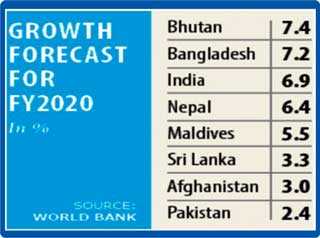
The First Industrial Revolution’s steam-powered factories, the Second Industrial Revolution application of science to mass production and manufacturing. The Third Industrial Revolution start into information technology to digitisation. The Fourth Industrial Revolution is the current and developing environment in which disruptive technologies and trends such as the Internet of things (IoT), robotics, virtual reality (VR) and artificial intelligence (AI) are changing the way we live and work.
Are we ready to change with the change?
We should be mindful and understand that we should manage our country well with all the developments around us. We have to be aware of the modernisation and technological changes. We should not blindly follow other countries. We can learn from anyone but we should be able to localise to suite the local needs and the environment.
If we take agriculture, the whole world started producing more and started many new methods to improve the harvest. They started using excessive quantities of fertiliser and chemicals to improve the production and even to protect the harvest. However today the world has realised the importance of organic food for the human health. The new trend is to consume more organic food even if the price is slightly high because that helps to have healthy people and less harm to the earth.
If we take a good example Netherlands managed to become a global leader in agriculture. I would like to quote from an article written by Mark Hillsdon on 28 May 2019: “The memories of famine in wartime Holland helped to power a revolution in Dutch agriculture, explains Berry Marttin, an executive board member at Rabobank. “After the war, we were incredibly successful in producing quality, affordable food and have now grown into the second-largest exporter of food in the world,” he says.
Dutch agriculture, like so much of the global food system, is running up against its ecological limits, with soil quality and biodiversity flatlining. But now moves are afoot to change this, as banks, farmers, food producers and conservation groups come together to put agro-biodiversity on the menu.
It is high time to have the right policies for our agriculture for the benefit of the entire society. As a tropical country we have so many advantages over a country like Netherlands, since we do not have a winter season. In Sri Lanka every day of the year is good for agriculture. If we carefully handle this area the potential is huge for us to export quality fruits and vegetables to the world. This can be one of the best areas to gain a higher export income, if we set up proper policies and support the farmers.
We have seen companies like Dole Lanka Ltd. which is backed by the Dole, the international player who grows bananas in Costa Rica, Ecuador, Colombia, Philippines, Guatemala, Honduras, Peru and Dominican Republic. They also own pineapple plantations in some of the above countries. If they can grow successfully even in Sri Lanka for the international markets why cannot we promote such initiatives to improve our export revenue?
In a recent survey by the Census and Statistics Department, it has said that only as little as 1.7% of the agricultural household population has received formal training to conduct agriculture activities. This could significantly challenge efforts by policymakers to increase productivity in the labour-intensive sector. The Agricultural Household Survey 2016/17 released by the Department recently showed that even then, the duration of the majority of training was limited to less than a month.
One of the most recent press releases says: The European Union (EU) is funding Rs. 810 million worth Technical Assistance to the Modernisation of Agriculture Program (TAMAP) in Sri Lanka, supporting a move towards sustainable and productive agriculture.
Key areas include creating an enabling environment and relevant policies for the modernisation and diversification of agricultural production; the promotion of agricultural exports; researching existing systems and practices used by central and provincial agricultural ministries to ensure better planning; budgeting and policy improvements; and using statistical and analysis systems to monitor and assess the impact of the OAP’s implementation.
The program is strengthening the competitiveness of Sri Lankan exports by maximising synergies with ongoing trade-related assistance as well as GSP+, piloting the modernisation of the organic food market through measures such as certification and labelling, digitalisation of supply chain and traceability and developing an incentive scheme for private investment.
TAMAP Team Leader – Public Sector Capacity Building Expert Dr. Christof Batzlen said, “Developing a viable and vibrant agriculture sector presents a significant market opportunity for the private sector and our farmers in Sri Lanka. Mainstreaming farming as a business among all farmers ranging from smallholder farmers to large estates is a must to ensure sustainability and an efficient, effective and competitive agriculture sector in Sri Lanka.” The Head of Cooperation of the EU Delegation Frank Hess said, “TAMAP will help to bring more income to the farmers and better and healthier products to the consumers.”
The recent Census and Statistics Department survey and the EU study shows us the problem is not that agriculture is bad. The way we have been doing is really bad for the farmers as well as for the consumers. In addition we have been subsiding a lot in this sector and wasted a lot of money. Finally, we have spoiled our soil and made the people sick in some areas by doing agriculture wrongly.
It is proven if we do things right for this sector, agriculture will be one of the most promising lucrative sectors and has the highest potential to earn money locally as well as globally. It is high time to correct this sector in a systemic way.
Industries or agriculture?
Prime Minister Sirimavo Bandaranaike came to power in 1960; under her leadership with the support of Soviet Russia there was a move towards industrialisation. In 1962 the Ceylon Steel Corporation was started as one of the three industrial projects along with Ceylon Tire Corporation and Ceylon Sugar Corporation. Later Ceylon Ceramics Corporation, Sri Lanka Cement Corporation, and Sri Lanka Paper Corporation came in to operation. Most of these industries was started during 1960-1965. This was an early start and most of the industries were running very successfully. In 1970 the government adopted a stringent import substitution industrialisation strategy with direct government involvement in the production process.
During this time agriculture and industries both added a great value to our economy. The government policy of import substitution gave an opportunity for the local entrepreneurs to come in to business. During 1970-1977 many industries were doing well even though they did not produce the best quality since there was high duty for the imported goods and restrictions to import. This situation created a lot of opportunity for the local industries and local businessman to start business and become successful.
What went wrong – industries or policies?
During 1970-1977, most of the industries were doing well with huge profits due to the import restrictions and they were operating as state-owned monopolies. There were few internal and external clear reasons for the downfall of the industries in Sri Lanka.
The first factor was an internal one and that would have been controlled. Most of the industries were running as state-owned monopolies and they never wanted to produce the highest quality and satisfy the clients even they were selling at a high price. In the meantime, the supply was less than the demand. This created lot of corruptions and favourations.
The second reason was since these organisations were making a lot of profits the politicians started giving jobs to their supports and brought in too many people who were not skilled. Many political appointments were given for the key positions of these organisations at high salaries. This was another downfall of the industries.
J.R. Jayewardene came to power as the Prime Minister during 1977-1978 and he became the first executive president of Sri Lanka 1978-1989. There was a complete turnaround in economic policy under him as to the previous policies. He opened heavily state-controlled economy to market forces. He said he will introduce more liberal economic policies, create an environment conducive to foreign and local investment, with the objective of promoting export-led growth shifting from previous policies of import substitution.
This policy change was the biggest issue for the downfall of the industries in Sri Lanka in addition to few internal and external negative factors which we would have corrected in-house.
Learning from the previous experience, we know the wrong people leading the organisations finally destroy such institutions. The president’s decision of appointing suitable and qualified members to lead the state-owned enterprises should be greatly appreciated.
What is required today is to modernise some of the processes by using the new technology and minimise the cost rather than have more people in the organisations. Fundamentally, there are only two ways possible to increase profit. Increase the price of the product or reduce the cost.
There is a greater possibility if they use the existing staff and motivate them with the right kind of incentives and promotions, then the same staff will do an improved service to the nation. This was not happening in the state organisations and that is the very reason to prevail bad service and lower productivity of such institutions.
Neglecting the SMEs and MSMEs
The contribution of MSMEs to the country’s Gross Domestic Production (GDP) and employment generation is quite significant. It has been estimated that Small and Medium Enterprises (SMEs) account for more than 90% of the total number of enterprises in Sri Lanka. The contribution of SMEs to the total GDP of the country has increased up to 52% in 2011 from 40% in 2010. Furthermore, it accounts for 32-41% of the employment in agricultural, industrial and services sectors of the economy (Figure 1).
The contribution of MSMEs would be higher if one takes into account of micro enterprises for which data is not available. Despite the important role of MSMEs in the economy, female participation in the sector is significantly low, and gender bias against women is commonly observed in the MSME sector. It is so hard to find even current statistics of this sector and this shows how much we have neglected this sector at large.
The contribution of this sector was never recognised or appreciated and it is so vital to improve this sector in order to develop entrepreneurship and the GDP of the country. If the government and the bankers of this country looked at this sector seriously we would have produced so many entrepreneurs rather than three-wheeler drivers in this country.
Sri Lanka is gifted with many natural resources. It has an excellent climate with a high average rainfall. The land is fertile and suitable for growing a variety of crops, plenty of land available for agriculture or industries. Rivers cascading from the central hill country provide energy to generate hydropower. These river water can be used for agriculture with good irrigation systems. The country also has rich fishing resources with a much bigger area than the land we have. Sri Lanka’s mineral resources include: Graphite, Ilmenite, Rutile, Zircon, Quartz, Feldspar, Clay, Kaolin, Apatite (Phosphate Rock), Silica Sand, Garnet sand, Mica, Calcite and Dolomite. We still have a greater opportunity to start industries using the above raw materials.
Importance of a clear vision
We should be very clear about what we want to be. We have already some issues in our country. We have a low population growth, the education level is improving every day. We find many Sri Lankans migrate to other countries to find better jobs. We will have more elderly people in our society in the future.
We have to understand some of the realities we have to face in the future. We will certainly have issues with the workforce. We will have a shortage of people to work in the factories; since the young students want to learn more and they want to be more qualified and the tendency of people to work in the field of agriculture, factories and in the construction industry will be minimal.
We are a country which has 1.2 million three-wheelers and most of the drivers are young people who would have engaged in the above industries and created much more value to our Gross Domestic Product (GDP).
However the successive Sri Lankan governments never had a policy to make use of our youth for agriculture or any suitable industries to benefit them as entrepreneurs and benefit our motherland. Often we found the ministers responsible to handle labour and look after the wellbeing of the workers trying to send people to other countries and talk about how we can make money from the Sri Lankans working abroad. Simply this was a very clear case the ministers did not understood their role. They were appointed to establish policy and find new ways to improve the income, working conditions and welfare of the people working in Sri Lanka and not to send them out of the country.
Problems, solutions and opportunities
Long ago having more people in a country was treated as a curse. The thinking behind this was, to feed more people needs more food and resources. Today the whole world believes the biggest resource is people. China, India and some of the African countries have the largest workforce in house since they have a big population. Old days curse has become an opportunity for some countries today. The countries encouraged and appreciated the small families including Sri Lanka is facing a problem with not having enough human resource in the country to engage them in for the potential sectors.
Today having more people in a country is treated as the biggest asset and human capital is valued as one of the most important factors all over the world. We cannot argue today and say we would have done agriculture or industries. When you see the world today, some services managed to generate large amount of jobs, money and prosperity to some countries. The world brands and businesses have changed over the years and still keep changing.
When you see the world’s large public companies you will find new trends. Internet based company Alibaba has created a market value of $ 499 billion. Even Apple has created $ 927 billion market value most of the items they produce in China. UBER has become a major taxi company and today they are one of the most prominent food distributing companies. Neither have taxies nor the food.
(The writer is an Economics Hons Graduate from the Sri Jayewardenepura University, Immediate Past President of the International Chamber of Commerce and the Vice President of the Federation of Chamber of Commerce and Industries Sri Lanka. He can be reached at [email protected].)